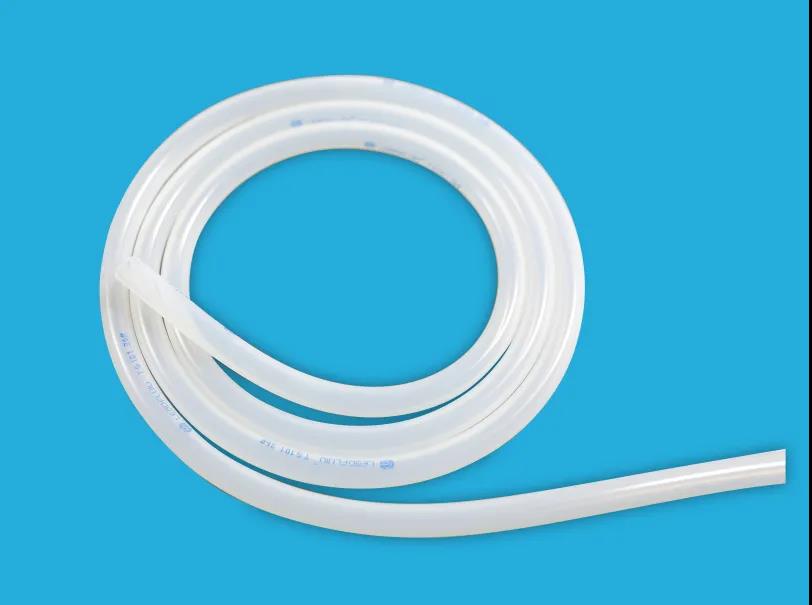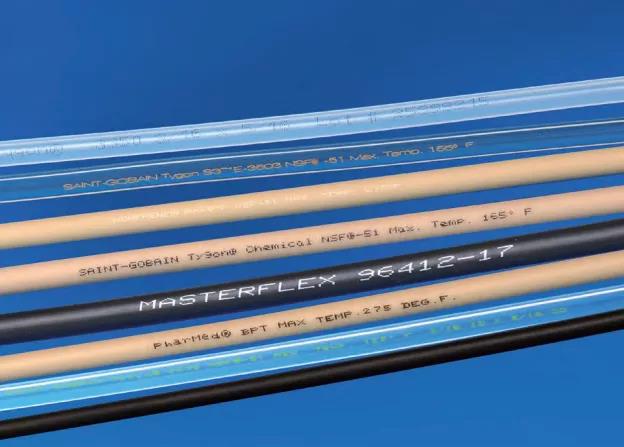How to choose peristaltic pump hose?
1. Chemical compatibility
Peristaltic pump hose needs to have chemical compatibility with pumping fluid in order to have good pumping performance and safety performance. Chemical compatibility refers to the chemical properties of hoses when different fluids are transmitted, which is called chemical compatibility. Such as: low adsorption, good temperature resistance, not easy to age, insoluble swelling, corrosion resistance, low precipitation and so on.
2. Under pressure
The application of the peristaltic pump is limited by the pressure performance of the hose. If the system pressure exceeds the limit of the hose, the hose expands, causing excessive wear of the hose or a rupture of the hose. The factors affecting hose pressure are: material, diameter and wall thickness ratio.
3. Size
The size of the hose directly affects the flow rate, the inner diameter of the hose determines the flow rate, the internal diameter is proportional to the flow rate. Wall thickness affects the ability of hoses to be compressed and bounced back, and also has a great impact on the life of hoses.
Lead Fluid 36# peristaltic pump tube
4. Temperature
Different materials have different temperature performance, some pipes such as silicone rubber have a wide temperature tolerance range, for high temperature, low temperature process are suitable; Before selecting a pipe, the end user should understand the maximum and minimum temperature in the system and then ensure that the selected hose operates safely in this temperature range.
5. Transparency
Whether transparent pipes should be used depends first on whether the operator needs to observe the condition of the fluid in the tube at all times, and also whether the fluid is sensitive to light. If the operator needs to observe fluid, bubbles, particles, contamination, etc. in the tube at all times, transparent tubes such as Tygon polyethylene or silicone rubber should be used, and opaque tubes should be used if the solution is not suitable for exposure.
6. Breathability
For gas-sensitive fluids, such as oxidizing fluids, or anaerobic cell cultures, the user should consider the breathability of the hose. For fluids that are not suitable for contact with gases, lower breathability should be used, such as Phrmed® BPT hoses, NORPRENEA-60-F hoses, etc.


